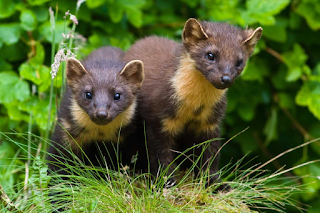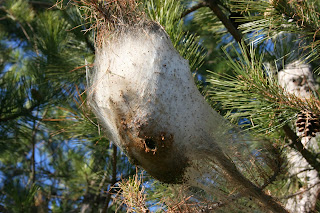The Horned nosed viper is the most venomous snake in Europe, and it lives in Bulgaria! The females are usally larger then the males. The Horned nosed viper has a small horn on it's head
which is about 5 mm long, apparently the horn is flexible!! It is an extremly calm snake and will only bite if felt threatend! They eat: Birds, Small mammals and some times reptiles.

2. Common Adder - Vipera berus
The adder is a small snake only growing up to 70-80 cm long! The adder is also quite a calm snake, only biting if felt threatend. The adder eats: mice, voles, shrews, lizards, slow worms!, frogs, newts and manny others... they have a HUGE range of stuff that they can eat! Females usally lay 7 to 20 eggs per clutch. In sweden there are around 1,300 adder bites per year! luckly only 12% needed to go to hospital!

3. Montpellier snake - Malpolon monspessulanus
It is most active during the day, it mainly eats lizards and birds. Although this snake is
venomous it has not killed any one yet and only a few people have gone to hospital. It is one of the largest snakes in Europe growing up to 2 meters long, it is the most common snake in Spain!
Thanks for reading my blog!!
I found this new awesome video platform called Viuly, I started using it a few months ago and I upload nature videos on it regularly. I really like it because it pays you to watch and upload videos. If you wanna check out my nature videos on Viuly you can sign up from HERE!! It will earn me and you a bit of cash if you do!! Thanks ;) Or if you want to watch my videos on You Tube click here ;)
My Channel ;)












































